Belinda Webster - Origami Monsters
Here you can read online Belinda Webster - Origami Monsters full text of the book (entire story) in english for free. Download pdf and epub, get meaning, cover and reviews about this ebook. year: 2020, publisher: Arcturus Digital Limited, genre: Romance novel. Description of the work, (preface) as well as reviews are available. Best literature library LitArk.com created for fans of good reading and offers a wide selection of genres:
Romance novel
Science fiction
Adventure
Detective
Science
History
Home and family
Prose
Art
Politics
Computer
Non-fiction
Religion
Business
Children
Humor
Choose a favorite category and find really read worthwhile books. Enjoy immersion in the world of imagination, feel the emotions of the characters or learn something new for yourself, make an fascinating discovery.
- Book:Origami Monsters
- Author:
- Publisher:Arcturus Digital Limited
- Genre:
- Year:2020
- Rating:4 / 5
- Favourites:Add to favourites
- Your mark:
Origami Monsters: summary, description and annotation
We offer to read an annotation, description, summary or preface (depends on what the author of the book "Origami Monsters" wrote himself). If you haven't found the necessary information about the book — write in the comments, we will try to find it.
This scary-gami book will have you shaking like a leaf ... of paper! Its great fun making monsters such as the ghastly ghost, sneaky vampire, wicked witch, and weird alien. There are some monstrous animals as well, such as a spooky snake, ravenous shark, and ground-shaking T. rex. Children aged 6 and up will have no problem following the clear step-by-step photographs and easy instructions.
Belinda Webster: author's other books
Who wrote Origami Monsters? Find out the surname, the name of the author of the book and a list of all author's works by series.

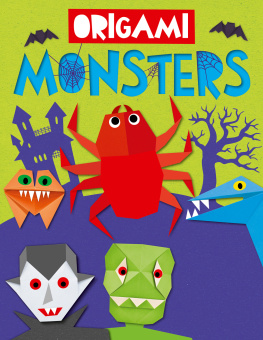
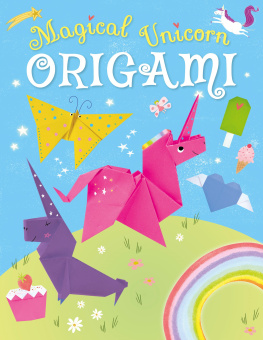
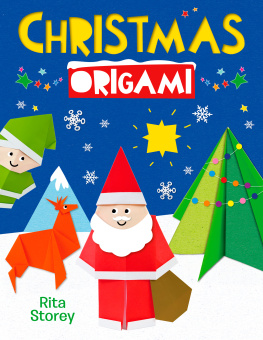
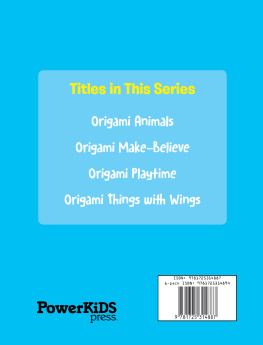
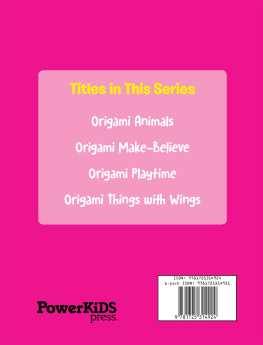
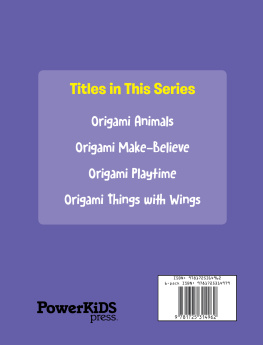
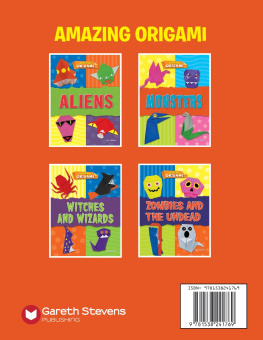
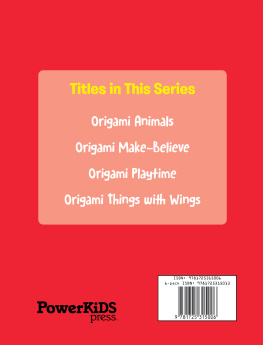
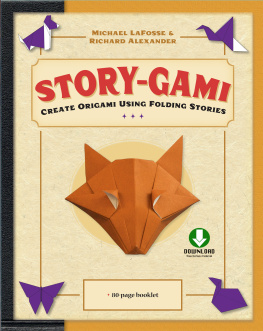

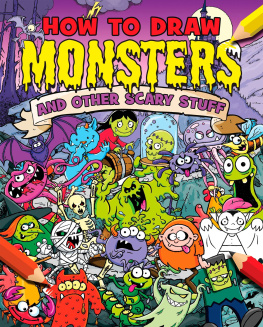
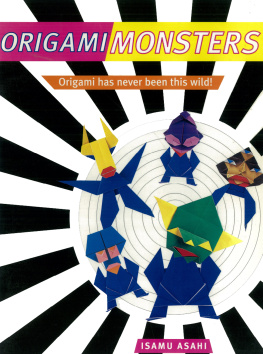





 direction to move paper
direction to move paper  mountain fold
mountain fold  cut with scissors
cut with scissors  push/flatten
push/flatten  rotate
rotate  direction to move paper
direction to move paper  turn paper over
turn paper over  step fold
step fold 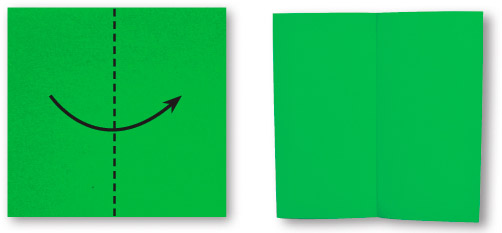
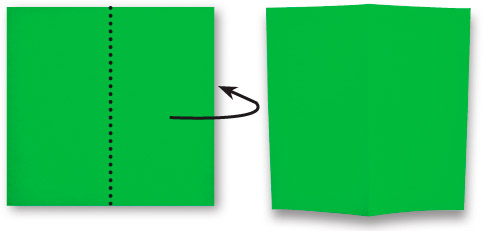
 Valley fold the paper in half. Then make a mountain fold directly above the valley fold.
Valley fold the paper in half. Then make a mountain fold directly above the valley fold. 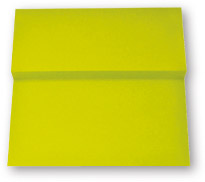 Push the mountain fold down over the valley fold and press down flat.
Push the mountain fold down over the valley fold and press down flat. 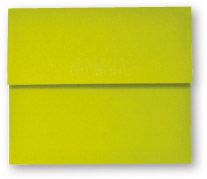 You now have a step fold.
You now have a step fold. Fold a piece of paper diagonally in half. Make a valley fold on one point and crease.
Fold a piece of paper diagonally in half. Make a valley fold on one point and crease.  Its important to make sure that the paper is creased well. Run your finger over the crease two or three times.
Its important to make sure that the paper is creased well. Run your finger over the crease two or three times.  Refold the crease you just made into a mountain fold, then unfold.
Refold the crease you just made into a mountain fold, then unfold.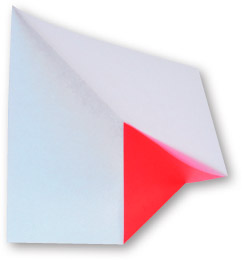 Open up the paper a little more and then tuck the tip of the point inside. Close the paper. This is the view from the underside of the paper.
Open up the paper a little more and then tuck the tip of the point inside. Close the paper. This is the view from the underside of the paper. 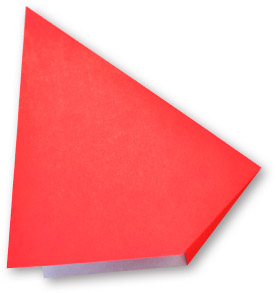 Flatten the paper.
Flatten the paper.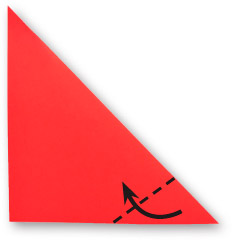 Fold a piece of paper diagonally in half. Make a valley fold on one point and crease.
Fold a piece of paper diagonally in half. Make a valley fold on one point and crease. 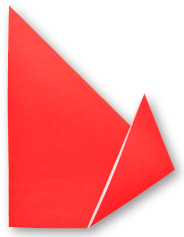 Its important to make sure that the paper is creased well. Run your finger over the crease two or three times.
Its important to make sure that the paper is creased well. Run your finger over the crease two or three times. 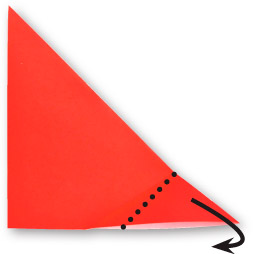 Refold the crease you just made into a mountain fold, then unfold.
Refold the crease you just made into a mountain fold, then unfold.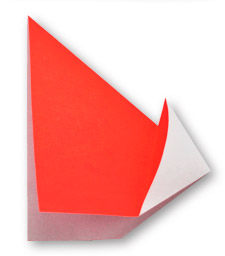 Open up the paper a little more and start to turn the corner inside out. Then close the paper when the fold begins to turn.
Open up the paper a little more and start to turn the corner inside out. Then close the paper when the fold begins to turn. 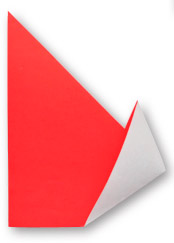 You now have an outside reverse fold. You can either flatten the paper or leave it rounded out.
You now have an outside reverse fold. You can either flatten the paper or leave it rounded out.
